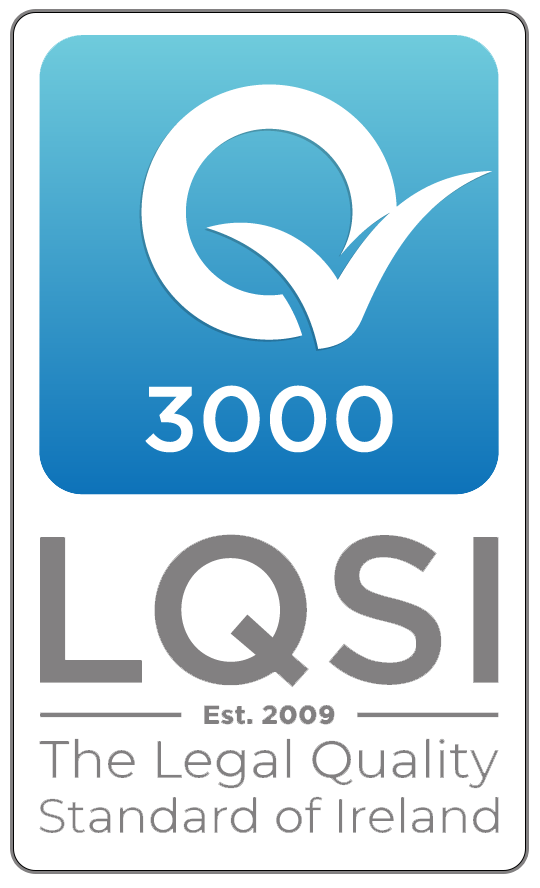The ASR device has been withdrawn due to adverse results higher than expected revision rates. The revision rate at 5 years in the National Joint Registry is 12% for ASR resurfacing and 13% for stemmed ASR components. All patients with these components have been advised that the device has been withdrawn and they are under the umbrella of close clinical follow up and surveillance.
Follow up should be performed at least yearly. Follow up should continue for the life of the implant.
X-rays that show that the components have come to lie in a position associated with high wear will need to be followed up more closely.
Blood cobalt and chromium ions should be measured as these indicate surface wear. The MHRA has suggested that levels of either cobalt or chromium above 7pbp may be significant. Below this level significant soft tissue reaction and tissue damage is less likely and there seems to be a lower risk of implant failure.
Above this level, patients will require closer observation and may require revision if clinically indicated. The higher the level the more concerned patients should be.
Other useful investigations are cross sectional imaging, either MRI with metal artefact reduction sequences (MARS) or ultrasound. These are capable of giving clearer images of fluid collections or solid lesions around the hip. Soft tissue reactions are unlikely in the absence of pain.
If any of these issues affect you or if you have received a letter from your Orthopaedic Surgeon advising you that you have received one the affected hip implant devices please contact Liam Moloney Solicitor, Naas, Co. Kildare on 045 898000 for further advice or simply log onto our website at www.moloneysolicitors.ie






